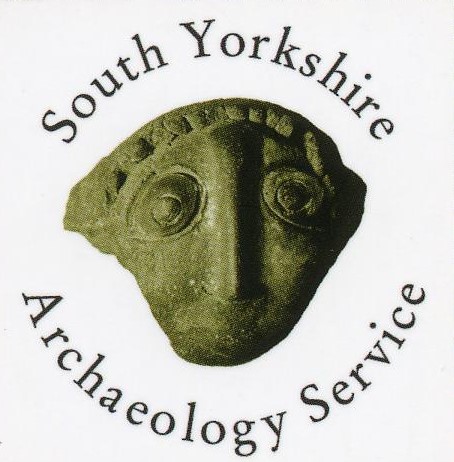Ruskin House
Location/Address
Bole Hill Road, Walkley, Sheffield, S6 5EE
Type
Description
Site of former St George’s Museum
From 1875 to 1890, the building, now known as Ruskin House, housed St George’s Museum, which was founded in 1875 by the Victorian philanthropist and philosopher, John Ruskin. It is now privately owned and has been extended and converted to apartments.
In this location, John Ruskin found a cottage that commanded extensive views of the Rivelin and Loxley Valleys, which reminded him of Alpine scenery. The museum was packed with an eclectic collection of paintings, sculptures, natural history and geological specimens. The collection out-grew the space and was moved to Meersbrook in 1890, and subsequently to Sheffield city centre, where the Ruskin Gallery (now housed in the Millennium Gallery) is still an important resource for Sheffield. The building that originally housed Ruskin’s museum is an important part of the story of Ruskin’s link with Sheffield and his aim to provide local metal and craft workers with inspiring access to arts and nature.
A plaque, commissioned by The Guild of St George, was installed on Ruskin House in 2015 to commemorate the foundation of St George’s Museum by Ruskin in 1875. The plaque was designed and carved by Richard Watts.
Further information and interactive tour of the Museum can be found at https://www.ruskinatwalkley.org/
Statement of Significance
Age
Original cottage built between 1850 and 1875. Extended 1878 and 1885, the latter extension demolished and replaced in the 1890s.Rarity
Buildings with a specific and enduring Ruskin connection are rare. This was the building in which John Ruskin chose to begin his programme of social reforms, and as such is entirely unique.Architectural and Artistic Interest
The building itself is not architecturally distinguished, and unfortunately the 1885 extension with its interior showcasing craftsmanship is lost. The location is carefully chosen, on a hillside benefiting from fresh westerly winds and a view over the Loxley and Rivelin valleys which is still one of the most picturesque in Sheffield's urban area, described by Ruskin as a "mountain home" for his museum. The beauty of the outlook was meant to complement the great artistic beauty to be found within. The situation of the building is absolutely at the heart of its ideals and purpose and should be seen as a critical design feature. There is also a simple but effective plaque carved with oakleaves and acorns that commemorates the building's accommodation of the museum.Group Value
The museum relocated from Walkley to Meersbrook Hall and was there from 1890 until the 1950s. After a hiatus, the collection returned to Sheffield in 1985 to be housed in the former Hays Wine Shop, Norfolk Street, and then to the new Millennium Gallery in 2001. The four locations share a common group value.Historic Interest
Ruskin was a seminal cultural figure whose ideas are still much celebrated today. He was immensely influential in the development of art and artistic thought, in particular the relevance and value of craftsmanship, something of especial relevance to Sheffield. He is one of the key figures of Western aesthetics, and the fact that he chose Sheffield, and this site in particular, as his starting point to showcase his ideals and to seek to connect the ordinary worker with the world of art and beauty gives this site an unparalleled historic interest. Ruskin's aim of "the employment of labourers on the land, under the carefullest supervision, and with every means of mental instruction" and of "permanently bettering the material condition of the poor" chime with the strong tradition of social reform in Sheffield, ranging from the Chartists to early campaigns against slavery and for universal suffrage. His choice of Sheffield is not accidental in this respect, either, and should be seen as capitalising on a distinctive local history of seeking reform that is of much wider significance. This expands the site's historic interest to encompass connections with other vital historical developments that transformed the nation, and the Western world.Archaeological Interest
It is not known what potential exists for below ground remains.Landmark Status
The building is a strong and prominent visual reminder of a towering figure in cultural history, an important step toward democratising art and beauty, the recognition of the aesthetic and philosophical value of Sheffield's craft and expertise, and the immense contrast between the realities of and reformers' aspirations for working life in the 19th century.Images and Documents
Date Listed
15 Aug 2022
Last Updated
09 Aug 2022
Comments and Feedback
Do you have any questions or more information about this record?



%20resized.JPG)

%20resized.JPG)
